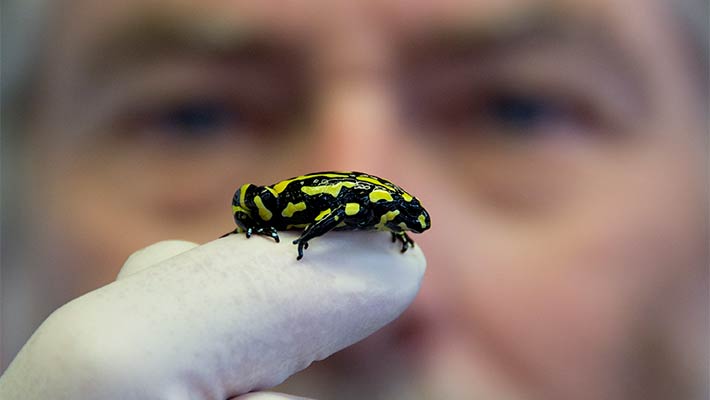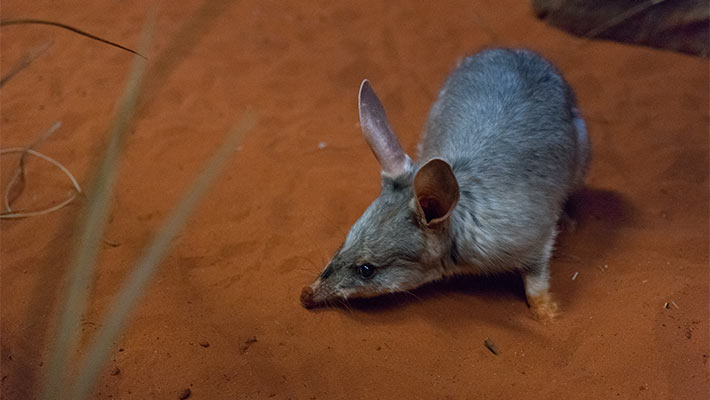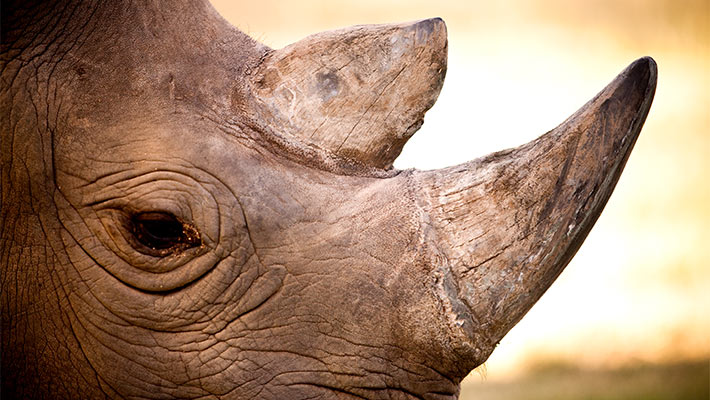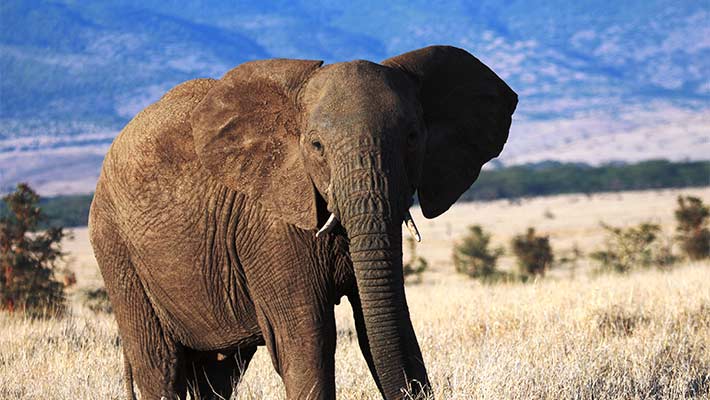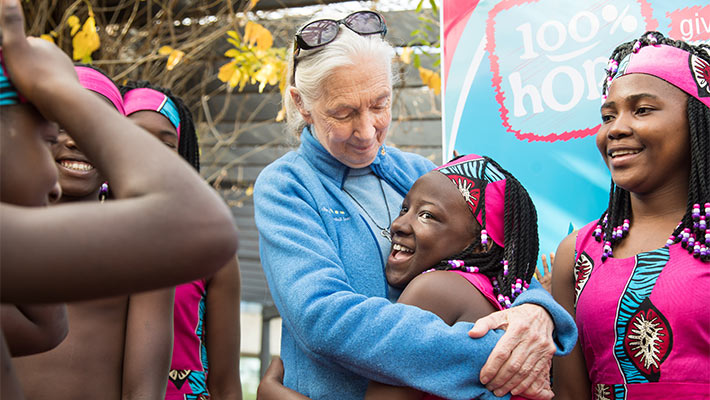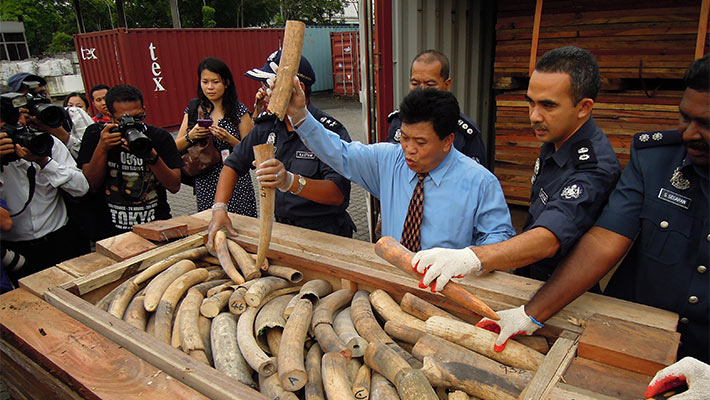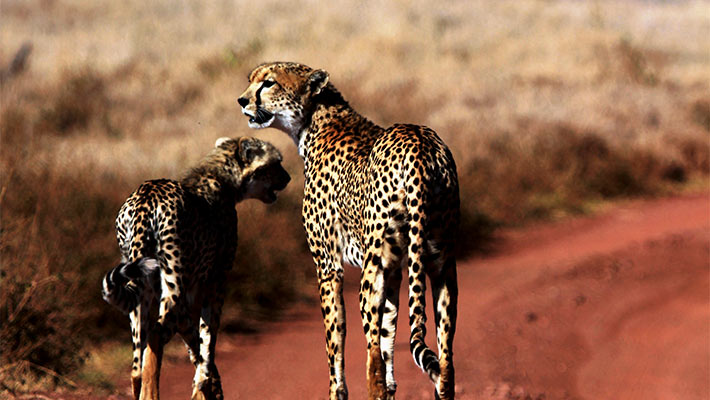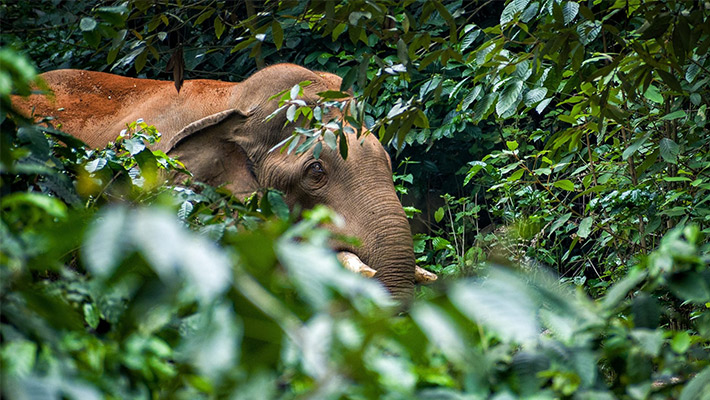Supporting Wildlife Initiatives
Global and local wildlife conservation requires sustained effort from many people working in a variety of fields. Taronga has wide-ranging expertise in our Zoos that sets us apart in our ability to provide support to wildlife conservation initiatives. Taronga recognises the need to develop conservation partnerships with like-minded organisations, community groups and conservation experts in order to stop the poaching and trafficking of wildlife, protect and regenerate vegetation and increase understanding of our impact on wildlife within communities.
